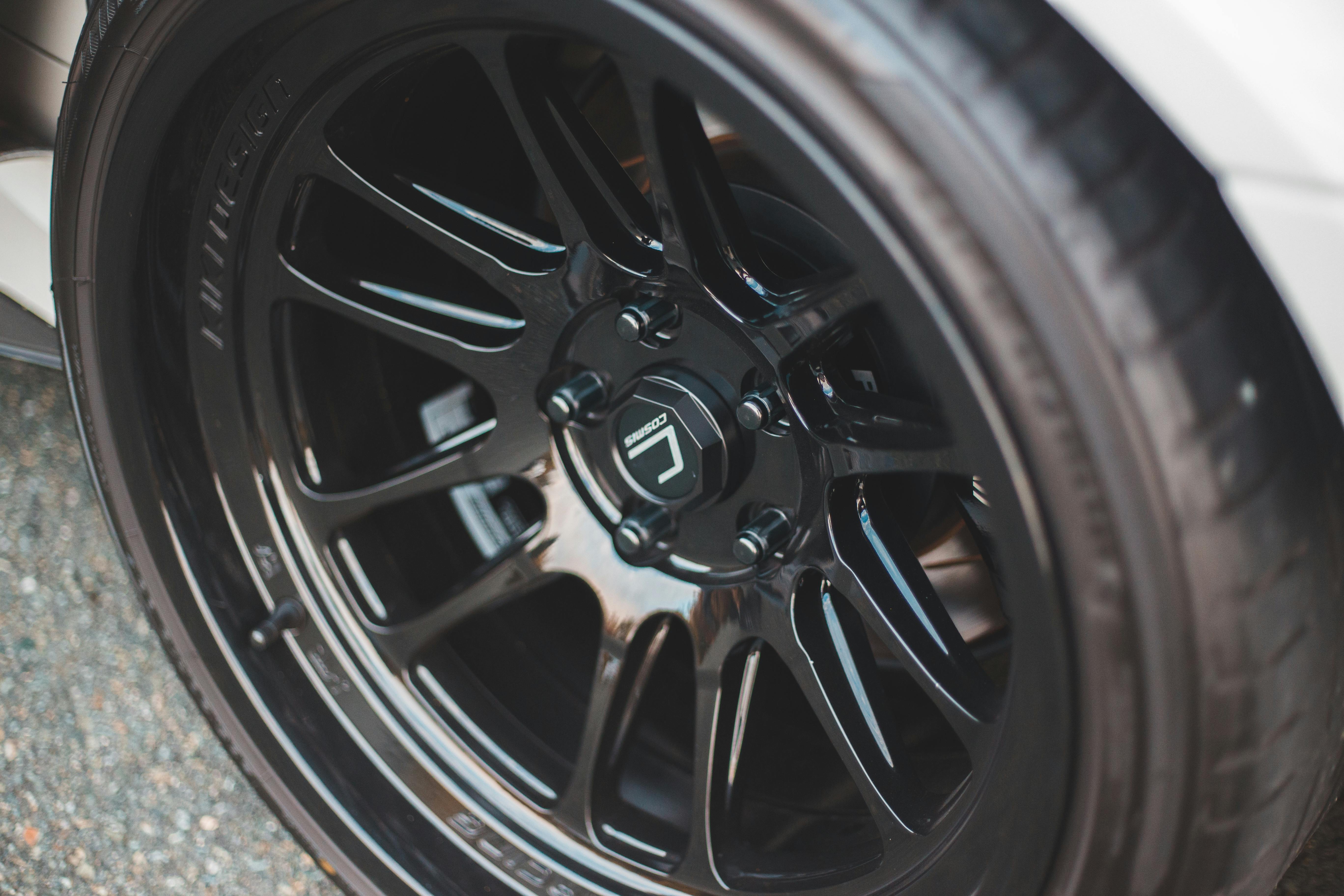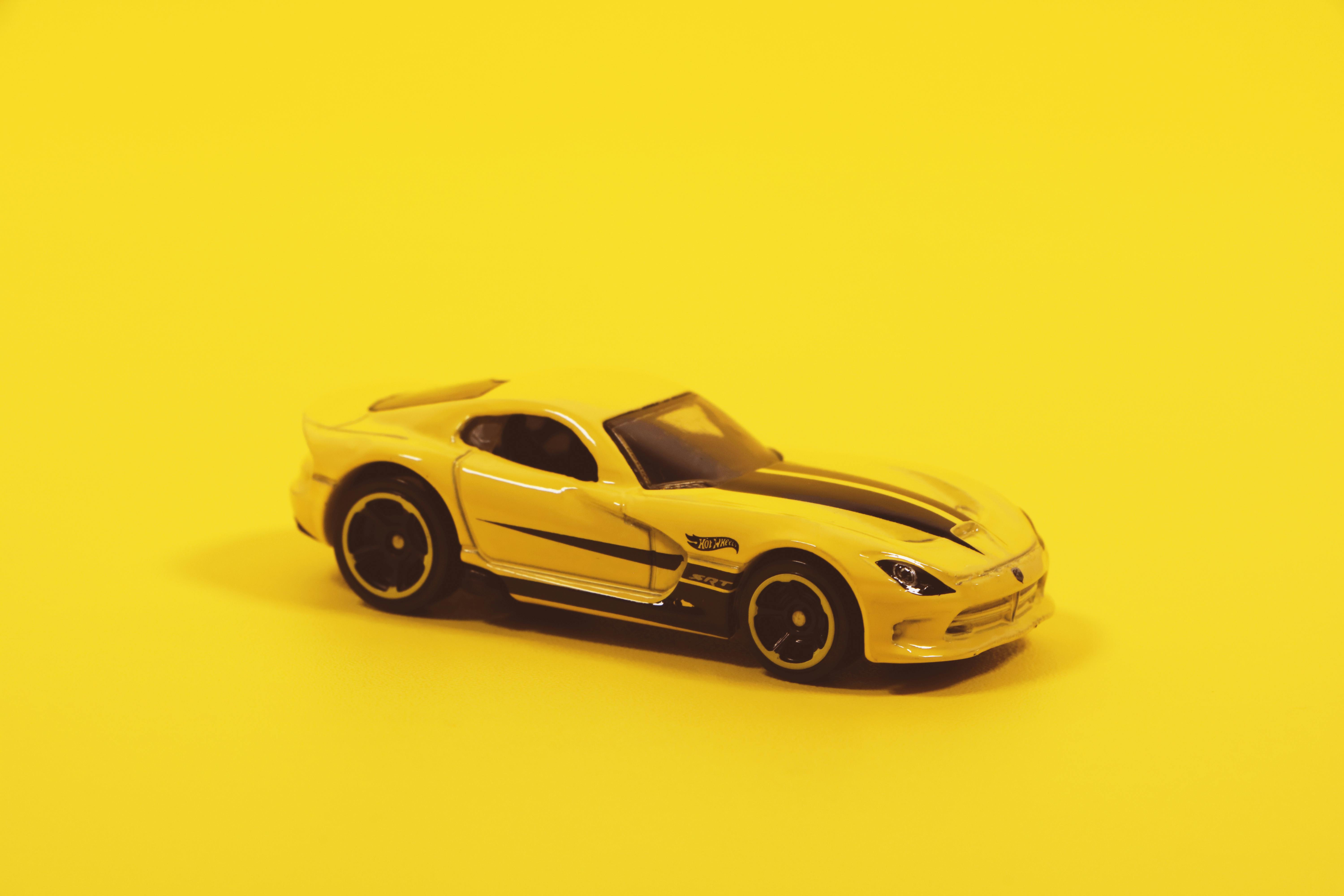Hi, how are you today?
It’s been a few weeks since my last article, the reason for this is because I am very busy supplying Motorsport parts to some of the leading racing teams and developing many new Motorsport products for all of you. Enough of all that, let’s get to what you want to know. What is brake fade?
Brake fade is totally terrifying when it happens, however at some point I can guarantee you will experience it in your racing career.
After reading this article, you will understand why it has happened and what it is. There are typically two types of brake fade, brake oil boiling and brake pad breakage.
Brake fluid boiling
This is the most common brake fade, this is because the brake fluid gets so hot from the friction of the brake pads and discs that it is transferred to the brake fluid. This heat dissipation eventually boils the brake fluid causing air bubbles, these air bubbles that are created are compressed when the pedal is depressed. The solid link from the master cylinder to the caliper has been compromised with air to be compressed.
Sometimes, in extreme cases, the brake pedal will go to the floor and offer hardly any braking! The only way to get the brakes working again is to let the brake fluid cool. This is quite difficult in a racing environment when you push the car to the limit. However, there are techniques that can help, I will talk about them later in this article.
Brake Pads Overheating
The other reason for brake fade is that the brake pads get very hot again through heat dissipation from friction caused by hard braking. In this scenario, the brake pads will get so hot that the pad compound will be compromised. What happens is that the temperature of the pads has exceeded the point at which they are designed to work. When this happens the gas in the pads evaporates, this gas not only evaporates but forms a layer on the pad between the pad and the disc/rotor.
When this occurs, the coating acts almost like a lubricant, so the pad is unable to create the desired braking needed to slow the car down. You will find that in this situation the pedal will be normal, however, no matter how hard you press the pedal, the car will not brake normally.
What to do when your brakes fade?
Both scenarios are due to heat in the brake system, the only solution is to cool the system down. As I mentioned before, that’s very difficult when you’re in a racing situation and you’re driving the car on the limit. But with any of these brake fade circumstances, you will not be able to drive the car on the limit.
There are a few ways to help cool your brakes without affecting your speed too much.
Braking very late in the corners is not a good practice, as this will cause heat problems and not gain you much time. So braking a little earlier won’t affect your lap times much, as long as you brake lightly so that your corner-entry speed is as high as it normally would be.
When the braking is lighter, the heat is less, so your brakes will stay cooler to reduce the heat problem. The goal is to keep heat out of the brake system and allow the brakes to cool down as much as possible by allowing air to flow through the brakes.
If you have somewhere on the race track where you can’t use the brakes and use the throttle to slow down slightly or a combination of easing the throttle and applying the brakes slightly will help cool down the system.
I hope you found this interesting, thanks for your time.




